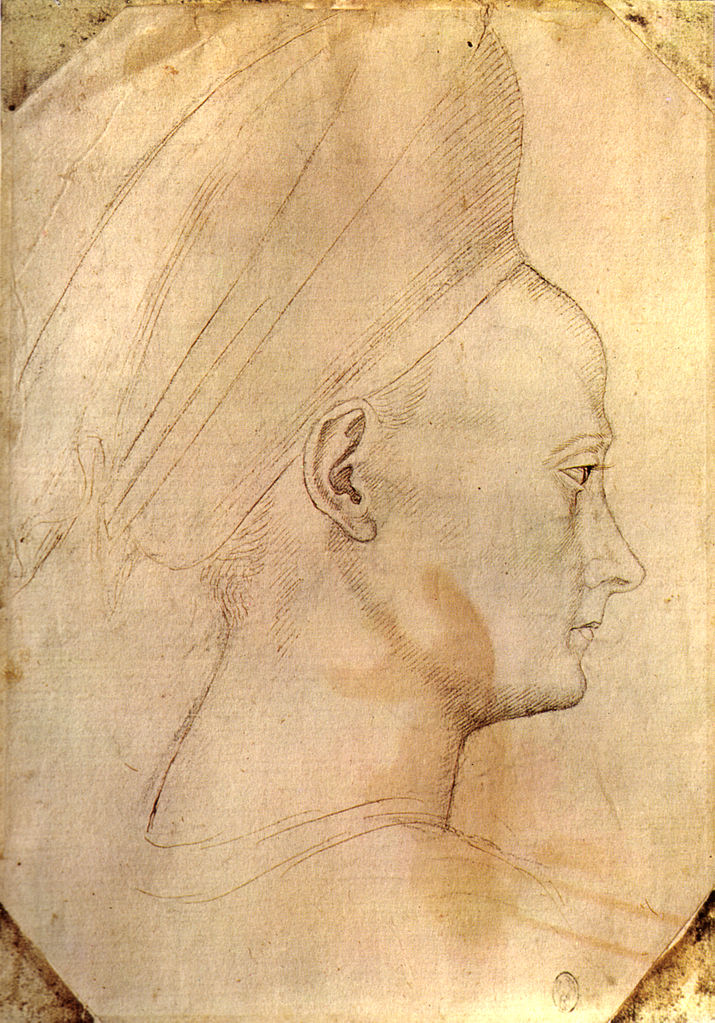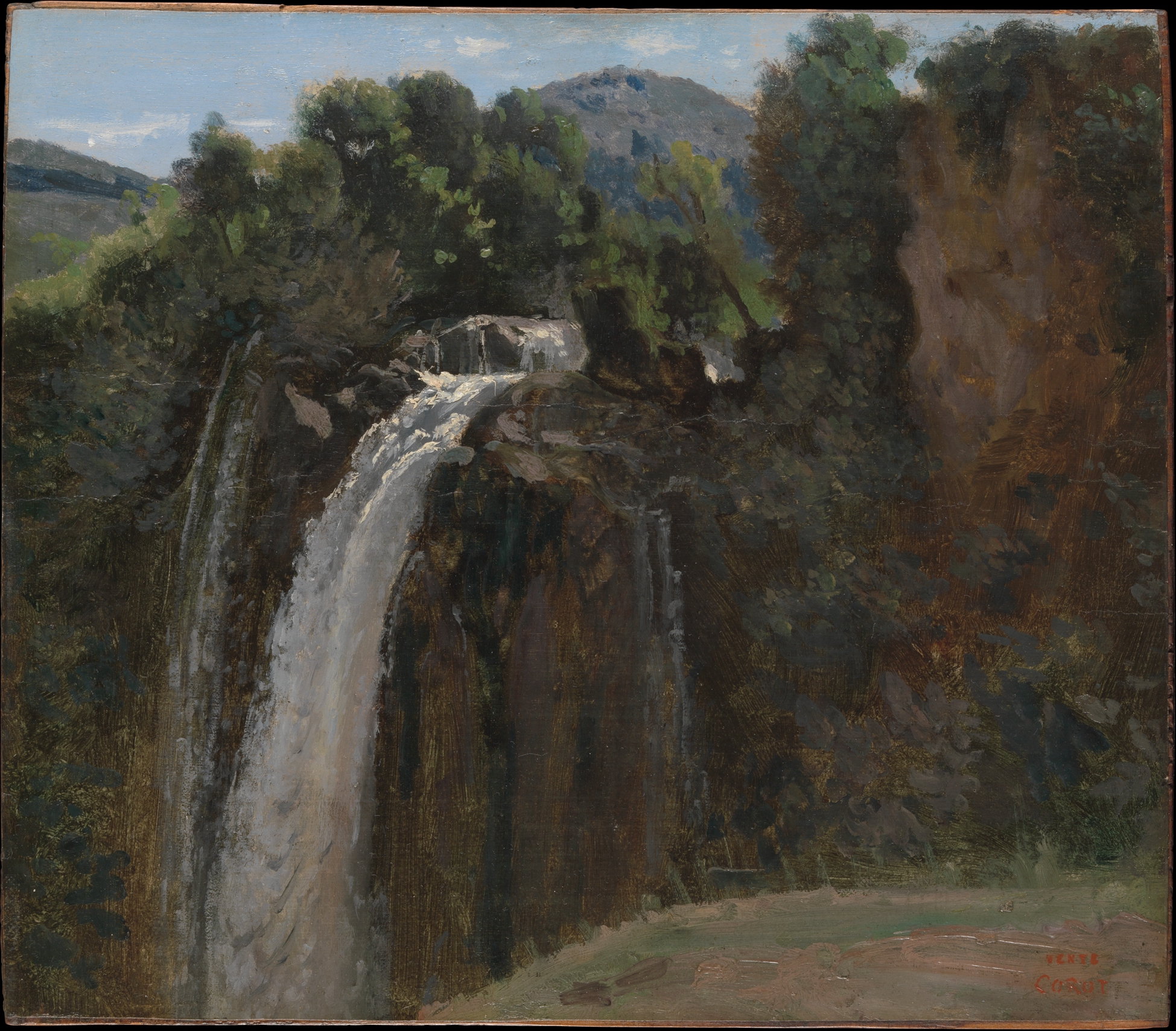Perugia, Galleria Nazionale dell’Umbria
15 March – 15 June 2025
More than eighty works by the greatest Italian and European artists tell the story of the revolution launched by Saint Francis’s Canticle of the Sun, in the year that marks its eighth centennial.
Exceptional loans have been made by the Louvre, the Rijksmuseum, the Mauritshuis, the Vatican Museums and Italy’s leading public museums, constituting a journey through masterpieces from the thirteenth to the nineteenth centuries.
From 15 March to 15 June 2025, the National Gallery of Umbria in Perugia will be hosting the exhibition Fratello Sole, Sorella Luna. Nature in Art, between Fra Beato Angelico, Leonardo and Corot, on the occasion of the eighth centennial of the composition of the Canticle of the Sun by Saint Francis of Assisi. Not only one of the very first works of poetry in old Italian, it was also the first expression of a new relationship with Nature, to which the saint spoke for the first time in terms of intimacy, in an ecological ideal, in the etymological sense of the term, that was to exert an incredible influence on art from the thirteenth century onwards.
Curated by Costantino D’Orazio, Director of the National Museums of Perugia – Umbria Regional Directorate of National Museums, together with Veruska Picchiarelli and Carla Scagliosi, art historians responsible for the collections at the National Gallery of Umbria, and held under the patronage of the Region of Umbria and of the Municipality of Perugia, with the support of the National Committee for the Celebrations of the Eighth Centennial of the Death of Saint Francis of Assisi and a contribution from the Perugia Foundation, the exhibition will present more than eighty works, comprising paintings, drawings, etchings, sculptures and printed volumes by some of the most famous artists from Italian and European art history, such as Pisanello, Michelino da Besozzo, Paolo Uccello, Jan van Eyck, Fra Angelico, Piero della Francesca, Leonardo da Vinci, Leon Battista Alberti, Albrecht Dürer, Lorenzo Lotto, Dosso Dossi, Giambologna, Jan Brueghel the Elder, Domenichino, Annibale Carracci, Nicolas Poussin, Salvator Rosa, Giambattista Piranesi, Jean-Baptiste Camille Corot and many more, whose masterpieces are milestones that mark the crucial changes in how the figurative arts tackled and reflected man’s relationship with Nature in the course of the centuries.
The aim is to furnish a profound, evocative account of the diverse nuances with which Creation has been observed by human sensitivity and interpreted in artistic vision.
“With this undertaking, the National Gallery of Umbria stands confirmed as a museum on an international level capable of building a dialogue with other leading museums in Italy and abroad”, states Costantino D’Orazio. “This process of networking not only contributes to maximising the value of our collections, but is also capable of stimulating studies and research projects that will offer visitors an experience that speaks to everyone, one where they will all find plentiful reasons for coming back and recommending us to their friends and acquaintances.”
THE MASTERPIECES ON SHOW
The most significant works on show in Perugia will include the formidable
Last Judgement by Fra Angelico, on exceptional loan from the Museum of the Basilica of San Marco in Florence, while the Gallery of the Accademia in the same city will be sending the enigmatic
Thebaid by Paolo Uccello, here also accompanied by the Predella with the Miracle of the Profaned Host from the National Gallery of the Marches in Urbino, also by Paolo Uccello.
THE ARTWORK IN DETAIL:
From the Galleries of the Accademia in Venice will come the celebrated
Saint Jerome by Piero della Francesca, which will dialogue with the same subject painted some fifty years later by
Lorenzo Lotto, now usually housed in the Castel Sant’Angelo in Rome.
Four drawings by Pisanello (from the Louvre) will detail the approach to nature of this great exponent of international Gothic art, a pioneer among artists for his scientific observation.
Michelino da Besozzo’s Madonna of the Rose Garden, an iconic version of nature depicted as unreal in its perfection, will illustrate late Gothic figurative culture.
Just a short while afterwards, yet already in the full flush of Humanism, come the fundamental volumes of Leon Battista Alberti’s De Pictura, Luca Pacioli’s Summa de aritmetica and Piero della Francesca’s De Perspectiva pingendi, triggering an epoch-making revolution by codifying the perspective system as a means to achieve a realistic representation of space.
There will be a special focus on Leonardo da Vinci’s Codex Atlanticus, with two sheets being loaned to Perugia by the Ambrosian Library in Milan, to investigate the maestro’s contribution to the study of the flight of birds, both through his observations of nature and through his reconstruction of flight in the form of a machine.
The role of Francesco Colonna’s Hypnerotomachia Poliphili will be to tackle the theme of the symbolic value of natural elements, which was also explored by such artists as
Dosso Dossi, with his Melissa from the Borghese Gallery in Rome,
Paris Bordon, with the Holy Family with Saint John the Baptist from the Brukenthal Museum in Sibiu,
Federico Barocci, creator of an emotional rendering of the Saint Francis Receiving the Stigmata, which will come from Fossombrone, and
Correggio, whose Portrait of a Man Reading will be loaned by the Sforza Castle in Milan.
Visitors will then be immersed in idealised visions of nature as seen in the works of champions of classical and Baroque painting, from
Annibale Carracci, with his Vision of Saint Eustace, to
Giovanni Lanfranco’s Assumption of Magdalena, from the Museum of Capodimonte in Naples.
The pivotal moment of the advent of a modern approach to the natural sciences, in the classification of living species (including the ones found in the New World), will be illustrated by the passage from the collections typical of the Wunderkammer, or Cabinets of Curiosities, to the publications of Ulisse Aldrovandi, while the scientific and astronomical discoveries of the early seventeenth century will be represented by the exceptional manuscript of the Sidereus Nuncius by Galileo Galilei, which is now preserved in the Central National Library in Florence.
There will be a rich section investigating nature as it is represented in landscape painting from the seventeenth to the nineteenth centuries, featuring works of artists of enormous importance to art history, such as Nicolas Poussin, William Hamilton, Donato Creti – with two exceptional loans from the Vatican Museums – Claude Lorrain and Giambattista Piranesi, culminating in the exhibition’s finale, entrusted to the
Marmore Waterfall (Waterfall at Terni), painted by Jean-Baptiste Camille Corot.
THE SECTIONS OF THE EXHIBITION
The visit to the exhibition will start with an investigation of Mother Nature, the generous earth, as modelled by the labour of man, whose depiction starts from the remotest centuries of the Middle Ages, progressing through the cycles of the months and the activities that take place in them.
An extensive section will be devoted to the representations of Creation, in other words Nature construed as the space occupied by mankind, where the divine will stands revealed. As the Middle Ages evolved into modernity, landscape and views acquired the status of autonomous genres, as the method of linear perspective and of the central vanishing point was devised and subsequently fully theorised.
In addition to their sensitive manifestations of Creation, artists allowed themselves to be seduced by oneiric, imaginative visions of a nature that was impossible in its perfection or its monstrosity. Scenarios of wonder accompany their reproductions of Eden or of the Kingdom of Heaven, for example in Michelino da Besozzo’s Madonna of the Rose Garden and in the Paradise in Fra Angelico’s Last Judgement.
The most enigmatic aspects of Nature will be analysed by an entire section of the exhibition, which sets out to investigate man’s inner turmoil when faced with indomitable, overpowering forces, as his reverential fear of the fury of the elements typical of mediaeval sensitivity gave way to the sense of bewilderment, terror and tension towards infinity when faced with Nature of the nineteenth century, which experienced the last, intense period of great landscape painting.
Throughout the exhibition will run a transverse thread that concentrates on the animal kingdom, whose dignity as a living, sentient creature was recognised for the first time, thanks to Saint Francis. In mediaeval figurative culture, it was because of the most celebrated episodes from the saint’s life – his Preaching to the Birds and the Taming of the Wolf of Gubbio – that these creatures ceased to be iconographic attributes, abstract symbols of vices or virtues, or figures playing mere walk-on parts instrumental to a narrative, to become leading characters in the story.
The experience found in the National Gallery’s immersive room will focus on the Canticle of the Sun, which the public will be able to explore, so as to rediscover the meaning of this masterpiece: a prayer, but also an ode to the sublime beauty of Nature, just as it is portrayed in the works on show in the exhibition.
The exhibition will be accompanied by a catalogue published by Moebius, with essays by the exhibition’s curators and numerous other scholars (Costantino D’Orazio, Davide Rondoni, Sofia Menconero and Leonardo Baglioni, Giacomo Calogero, Veruska Picchiarelli, Carla Scagliosi, Lucia Corrain, Giuseppe Cassio), whose aim is to investigate and develop on one of the most fascinating, yet still partly unpublished, episodes in art history































 Evening, Edvard Munch, 1888. Oil on canvas. Photo © Museo Nacional Thyssen-Bornemisza; The Brooch. Eva Mudocci, Edvard Munch, 1902. Lithograph. © Private collection, courtesy Peder Lund; Model with a Green Scarf (Sultan Abdul Karim). Edvard Munch, 1916. Oil on canvas © Photo: Munchmuseet.
Evening, Edvard Munch, 1888. Oil on canvas. Photo © Museo Nacional Thyssen-Bornemisza; The Brooch. Eva Mudocci, Edvard Munch, 1902. Lithograph. © Private collection, courtesy Peder Lund; Model with a Green Scarf (Sultan Abdul Karim). Edvard Munch, 1916. Oil on canvas © Photo: Munchmuseet.

.jpg?w=1)





